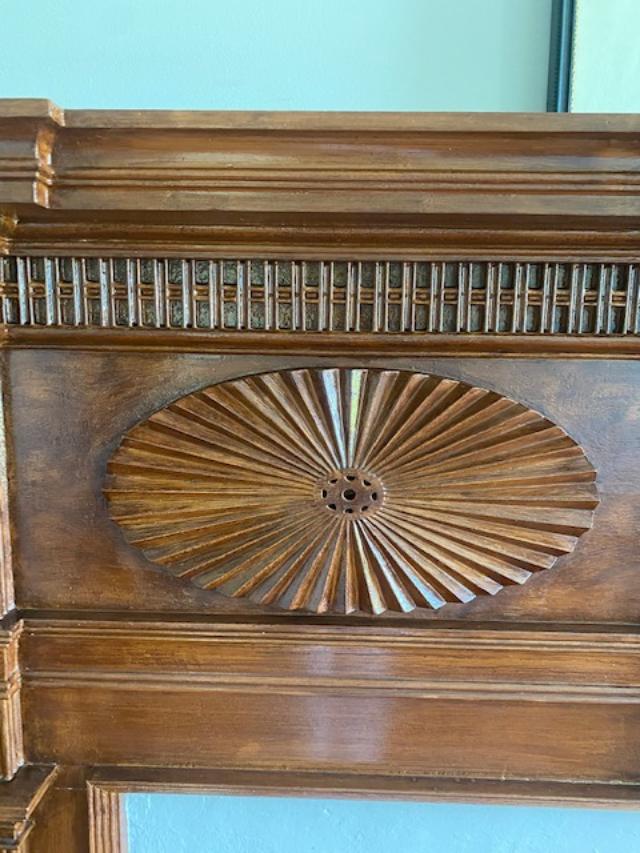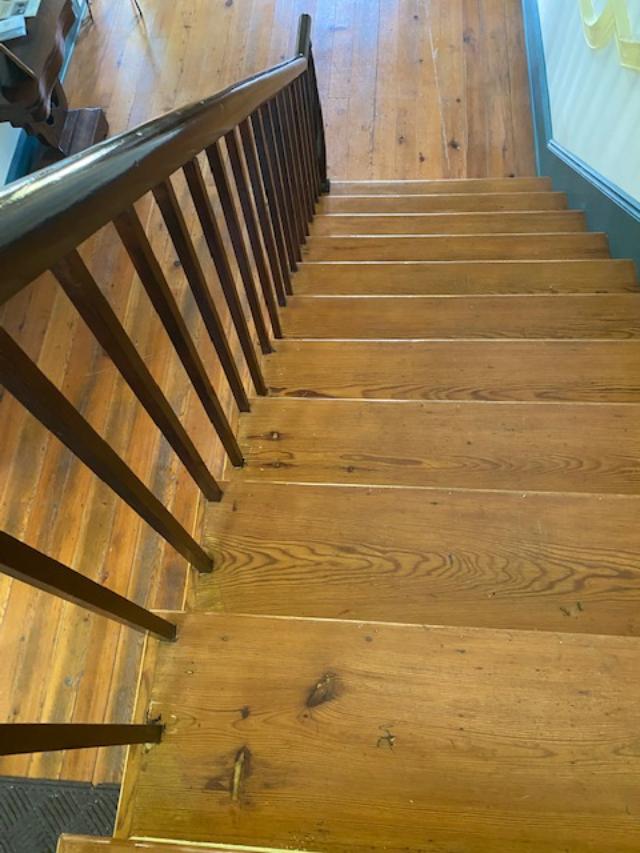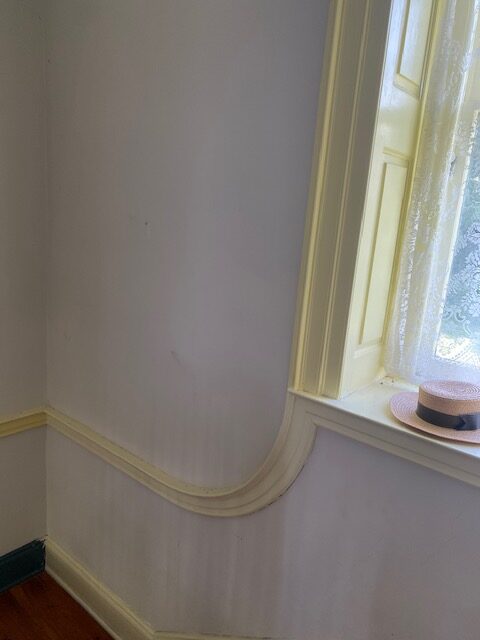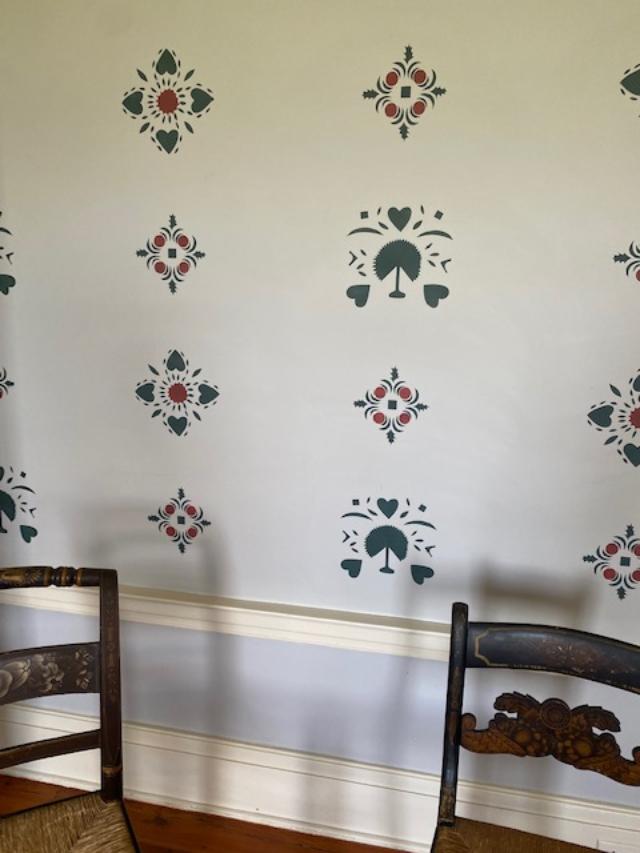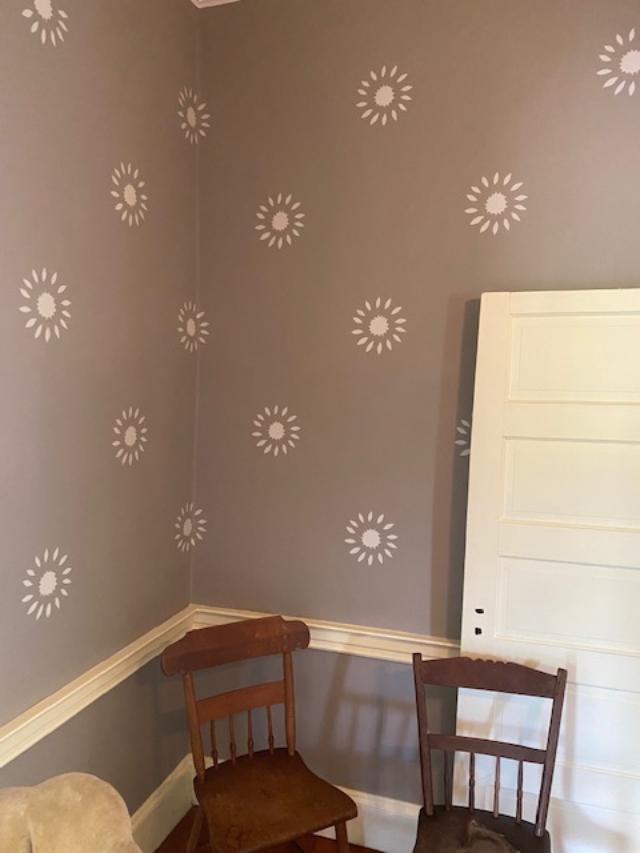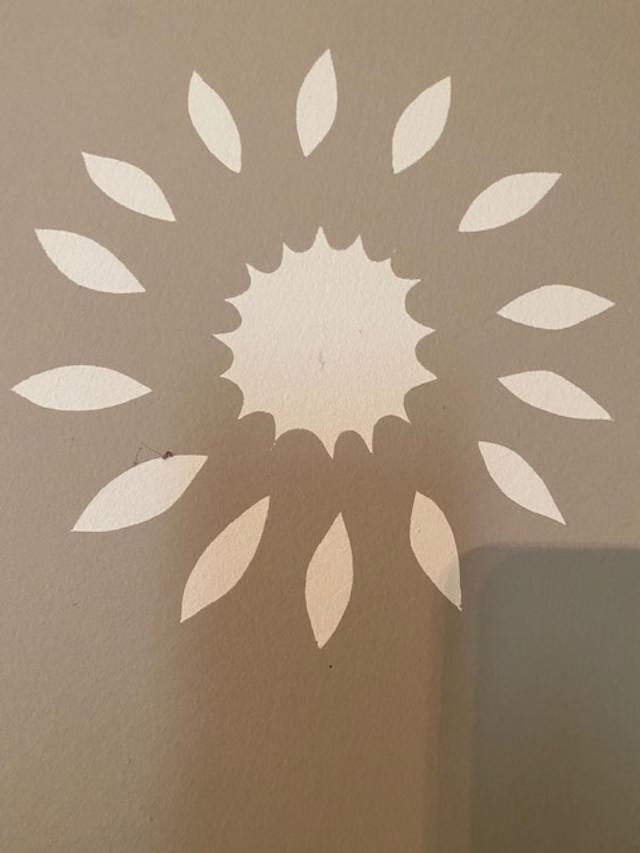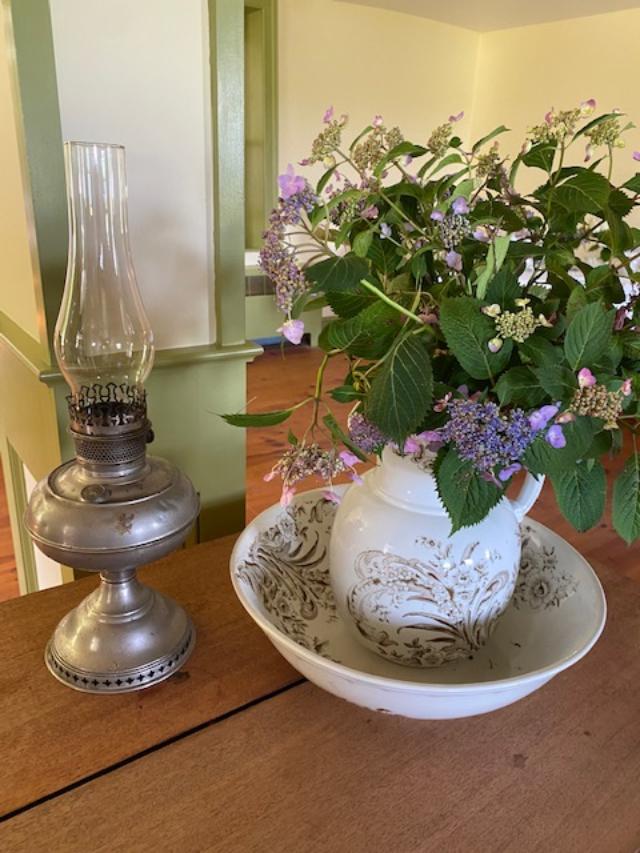The Vass Farmstead
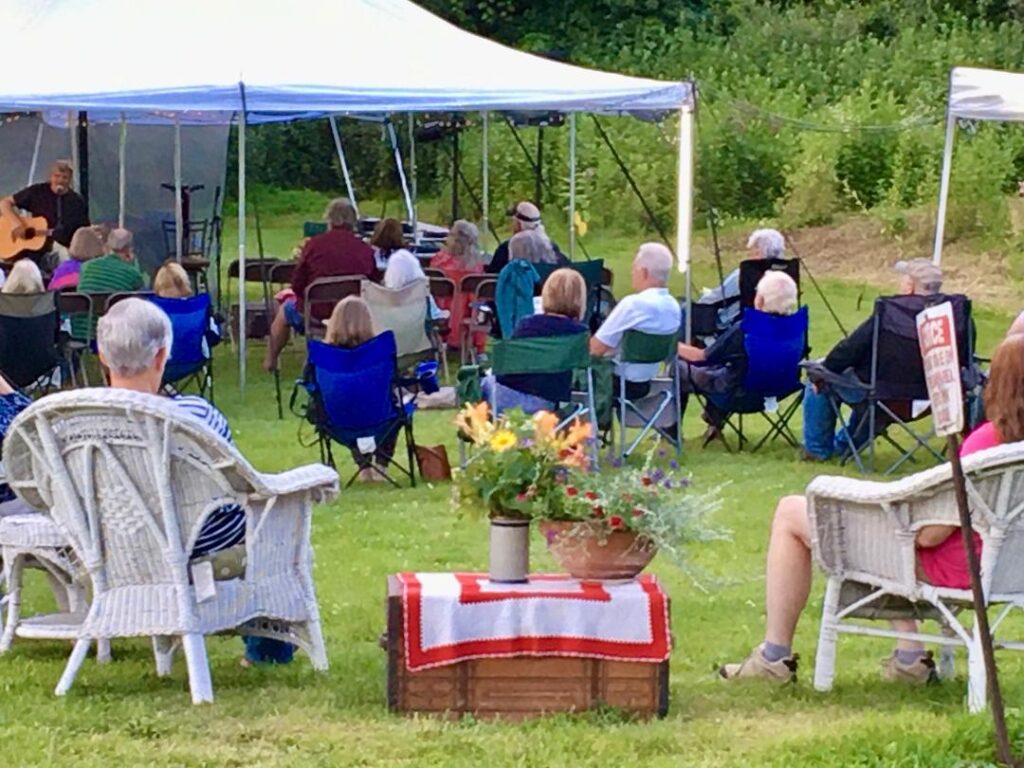
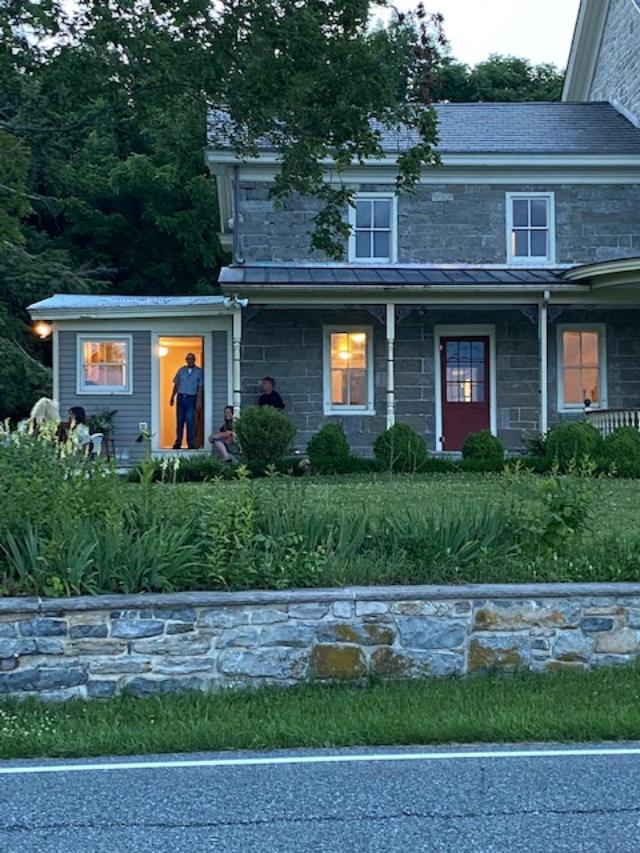
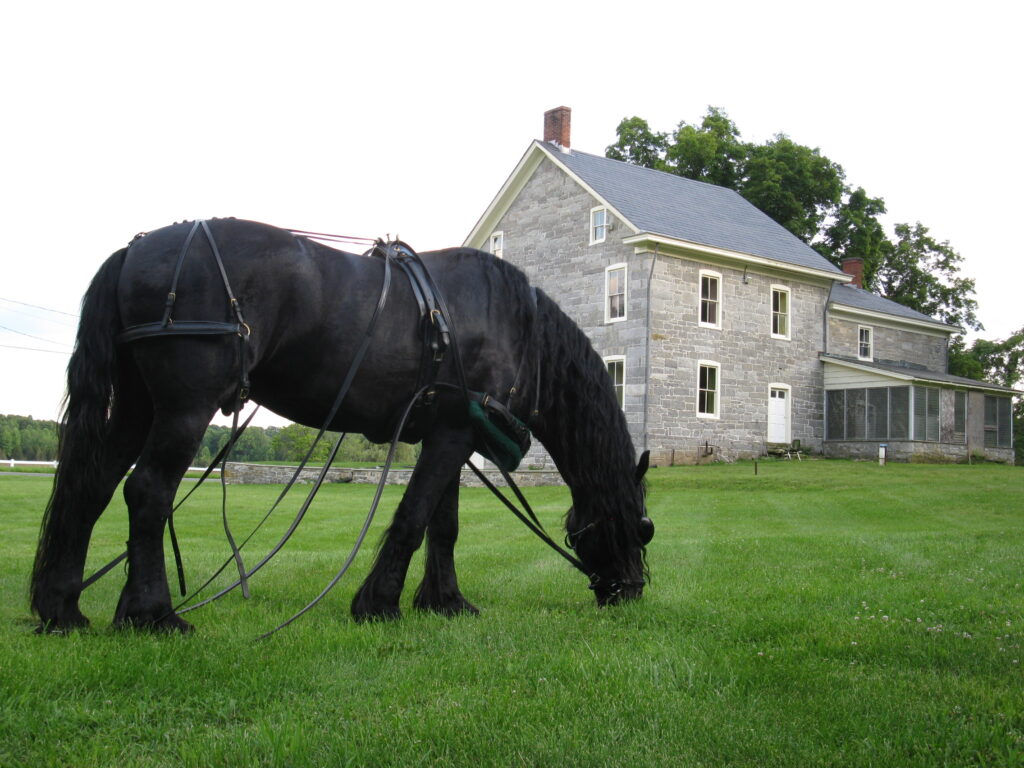
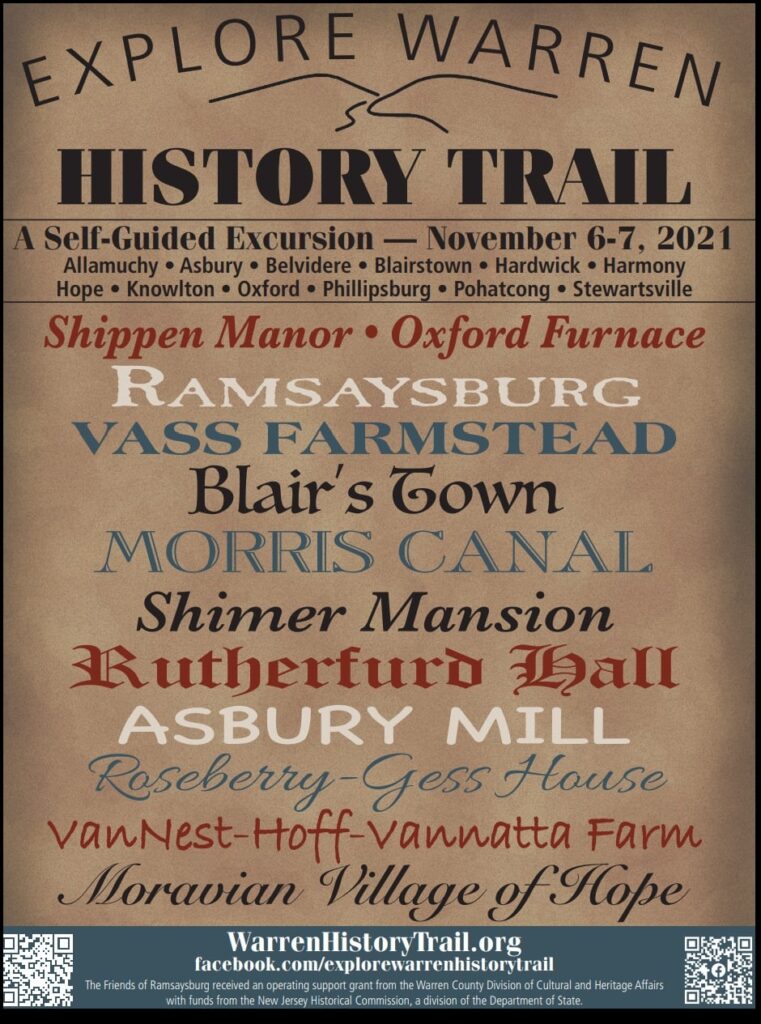
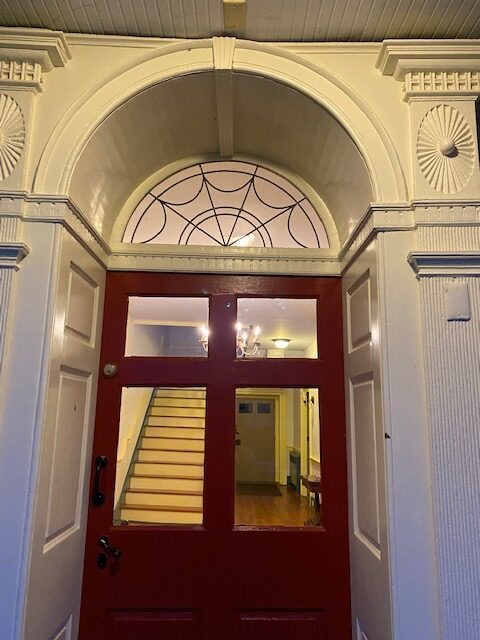
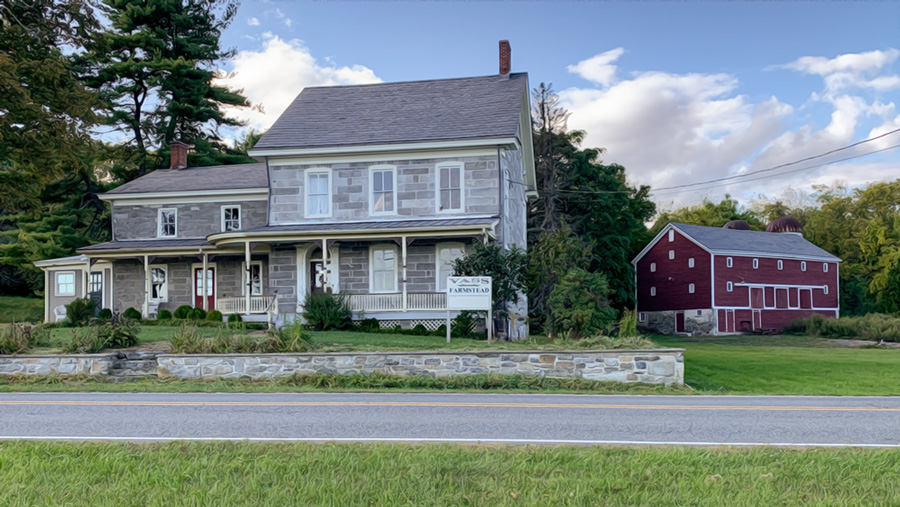
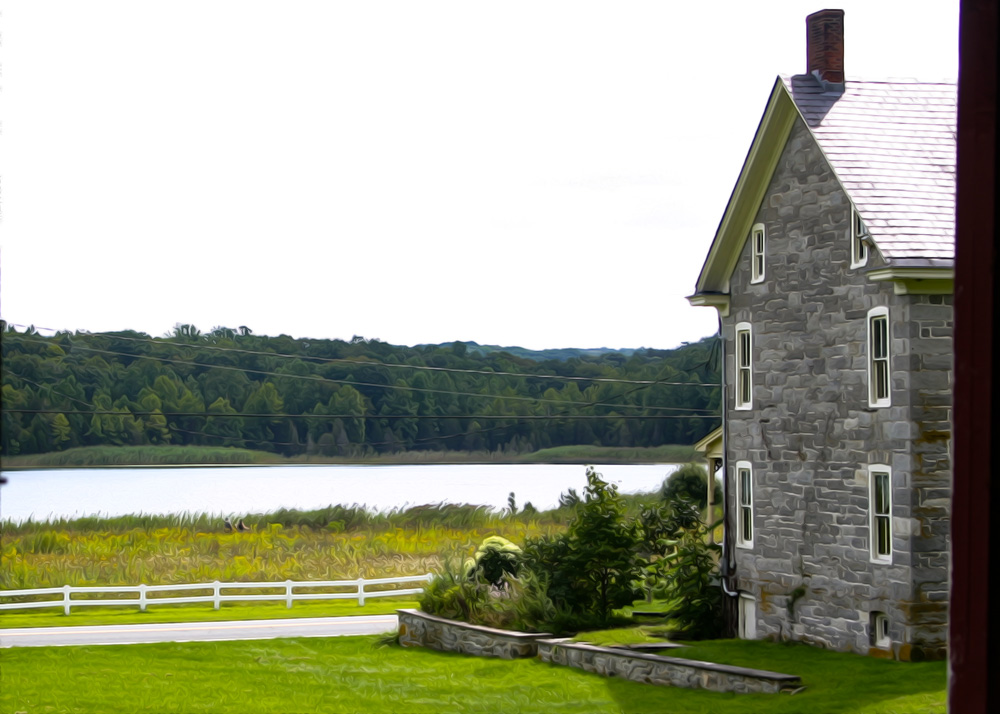
Vass Farmstead in Hardwick Township, New Jersey
The Vass Farmstead is listed on both the National Register of Historic Places as well as the New Jersey Register of Historic Places. These recognitions establish and place the farmstead amongst our nation’s historic resources worthy of preservation.
Hardwick Township, History of a Rural Community
Hardwick Township was part of a tract purchased in 1713 from the Leni-Lenape Indians. The Township of Hardwick was established by Royal Charter in 1749 when George II decreed that the lands be given to inhabitants. Originally located in Morris County and comprising 140 square miles, the town became a part of Sussex County in 1752 and later was situated in newly created Warren County in 1824.
During this period sections of the town split away from Hardwick and are today known as Stillwater, Fredon, Green, Frelinghuysen and a part of Blairstown. In recent years, Pahaquarry Township was merged into Hardwick.
Jon Vass
It was in 1764 that Jon Vass of German extraction arrived in Philadelphia. It is said that he was born on the ocean. It is stated in the literature of the period that he was “bound out” (indentured) presumably when he came of age. Very little information detailing his early life has been found.
In 1802 John Vass who was 38 years of age, purchased 548.5 acres of land in Hardwick Township from the executors of the Estate of Martin Swartwelder. He paid $1,355 in “gold and specie” for the land which included the Vass Farmstead property and access to White Lake. Eight years later he purchased another 7.5 acres located on the southwest side of his property giving another point of access to White Lake.
The Vass Homestead’s Early Years
Vass did not build his home until 1812. It may be that he lived initially in a log structure with his wife and nine children already on the Swartwelder property when he purchased it.
The house he built was made of cut stone and initially contained a dining room, side hallway with a simple but elegant stairway and a double parlor. There were two large bedrooms, a large birthing room or storage closet on the second floor. An addition was added to the main block containing a dining room-kitchen and after that the roof on this addition was raised to provide more sleeping space. The main rooms were large with high ceilings designed for comfortable and spacious living. It is a fine example of an 18th century Warren County farmhouse.
John Vass used his land primarily to plant a variety of crops such as buckwheat, alfalfa, oats, flax, rye and corn. Orchards were planted to provide fruit, primarily apples, which were the source of applesauce, cider and vinegar. Vass did not appear to be a dairy farmer, probably only keeping a few cows for his own use. He raised pigs and sheep and poultry. Horses were necessary for work and transportation. He was a successful farmer and was able to purchase six other farms where he placed each one of six sons to work. Upon his death he willed each farm to the son who was situated on it.
The Vass Farmstead remained under Vass family ownership for over 150 years. The property was willed by Jon to son, Isaac, who acquired it in 1852. Upon the death of Isaac, his son, Frank, purchased the property in 1895. It was not until 1922 when ownership passed out of the Vass family to George Ripper.
The Dairy Years and Eventual Decline
George Van Ripper ran the farm as a dairy farm but as time progressed it was too difficult to make a profit and acquire the necessary labor. After Van Ripper died in 1941, his widow sold the farm to Edwin A. Smith a gentleman farmer who enlarged it to 665 acres. In 1958, the farm was sold again, this time to two brothers, Peter and Nicholas Kero, quarry owners and paving contractors in the area. They used the property for summer vacations and fall hunting. The next owner of the farm was Curtiss-Wright Corporation. Curtiss-Wright Corporation harbored visions of developing the property that never materialized. Eventually the site was sold to the Metal Improvement Company. By the mid 1990’s the house and barns had been empty for years and had fallen into a state of extensive disrepair. Vandalism age and neglect had all taken a severe toll upon the once proud homestead.
Preservation and Restoration
The extensive farm acreage and declining buildings were sold again in 1997. Ridge and Valley Conservancy, Warren County Freeholders, New Jersey Green Acres and several foundations pooled resources to acquire the property, deeding ownership to the Conservancy and the State of New Jersey. Much of the site is under the control and supervision of the State Division of Fish and Wildlife. The Vass Homestead was entered into the National Register of Historic Place as well as the New Jersey Register of Historic Places in 1999.
The Hardwick Township Historical Society has acquired a number of preservation grants in order to stabilize and preserve the house and barn. The Warren County Freeholders utilize White Lake for passive recreational pursuits and continue to partner with the Hardwick Township Historical Society in the preservation of the farmstead structures.
The above history was taken from The Vass Farmstead General Management Plan and an article was written by Frank Dale entitled, “On White Pond”
.
.
.
.
Photos by Lily Jan O’Reilly -Visions and Shapes: A series of photos of Vass Farmstead’s shots with an eye towards the beautiful lines and shapes of her structure… pristine as she is! Take a look at the single shot of the stencil that may catch your attention.
